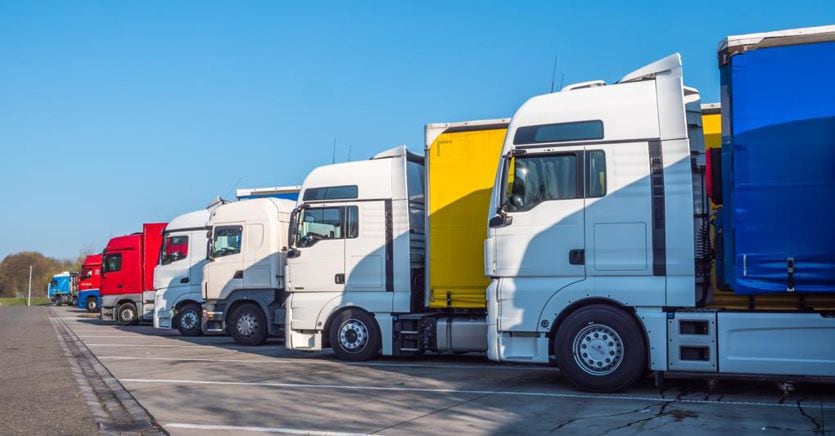It is happening more silently than that on cars and vans: there is no uproar aroused by the EU proposal to ban heat engines from 2035, which Italy now seems to join. But the energy transition for trucks is even more complicated. The flourishing of positions taken in recent days and the programs of manufacturers and component manufacturers testify to this. Even in the Italian supply chain.
Coinciding with the decisive passages of the Budget Law, Unrae (the association of foreign manufacturers) has organized a conference to ask for a public aid plan for the renewal of the fleet within 10 years at the most (almost 430,000 industrial vehicles out of 702,000 are before Euro V and 92% of the latter are over 15 years old, compared to the national average of 14 years), presenting as «fundamental» the «contribution of all technologies». And Federauto (concessionaires) asked for a tax credit, plus relief on motorway tolls, for road haulage companies that use liquid methane vehicles (LNG, also bio).
To date, for road haulage companies there are only 50 million euros for the purchase, in the years from 2021 to 2026, of hybrid (diesel / electric), electric and fuel-efficient vehicles of the latest generation (CNG and LNG) . Another 50 million, for the two-year period 2021-2022, are for new Euro 6 diesel scrapped.
Figures already limited for immediate needs, while a report promoted by the European Climate Foundation with a working group also made up of some manufacturers and user companies shows that zero-emission road haulage would not be achieved in 2050 even if the sale of heavy vehicles a thermal engine was banned from 2040 (an option at the moment unlikely).
This gives a measure of the difficulties in the medium to long term. While the emissions of diesel and methane engines are in the crosshairs of tests by international environmental organizations such as Transport & Environment, the only electric trucks powered exclusively by battery for now may be only the “small” ones for urban distribution of goods (they will have a market for the multiplication of diesel bans in large cities) and the “medium” ones dedicated to repetitive routes within 250 kilometers (transport of waste and shuttle-travel between plants). So we also think of the electricity produced by hydrogen with fuel cells on board, which on trucks can be accommodated with less difficulty than in cars, although high costs and complications remain in the storage of hydrogen (it must occur at 253 degrees below zero).
